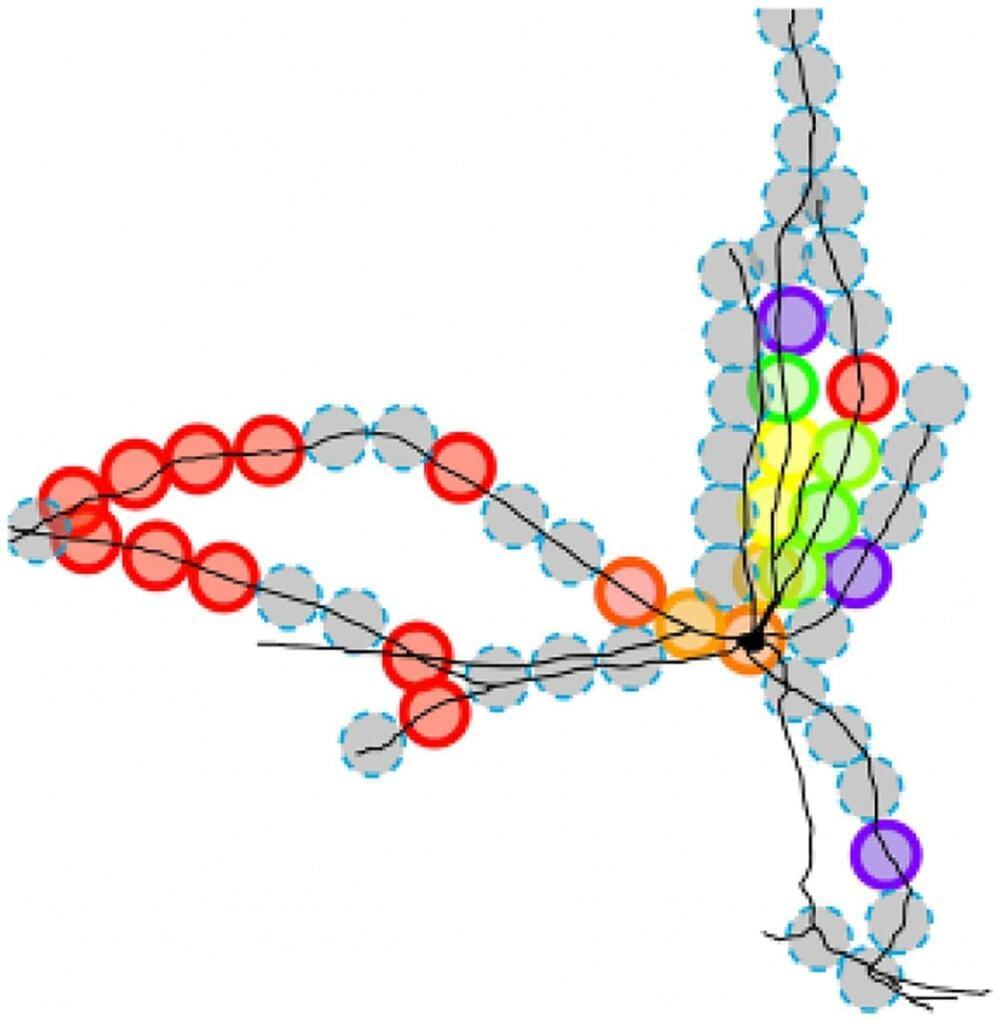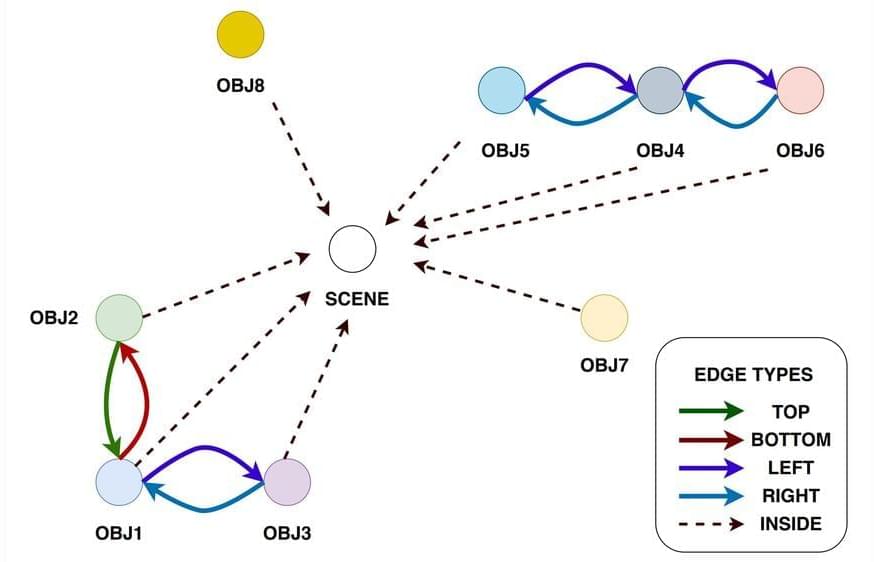Kazuaki Ikeda, Masaki Kataoka, and Nobuaki K. Tanaka.
(see pages 8621–8628)
Current flowing through the plasma membrane of individual neurons causes fluctuations in the surrounding electrical field that can be detected with extracellular electrodes. Changes in the local field potential can influence the activity of all neurons within that field. For example, when two unmyelinated axons are closely apposed, an action potential in one axon alters the membrane potential of the other. This phenomenon is called ephaptic signaling. Ephaptic signaling is most prominent in layered neural structures in which numerous similarly oriented neurons are synchronously active. In fact, ephaptic signaling is thought to promote synchronous firing of cerebellar Purkinje cells and cortical and hippocampal pyramidal neurons. Ikeda et al. now show that ephaptic signaling originating in Drosophila eyes can influence activity in olfactory sensory neurons (OSNs) in the antennae.


















